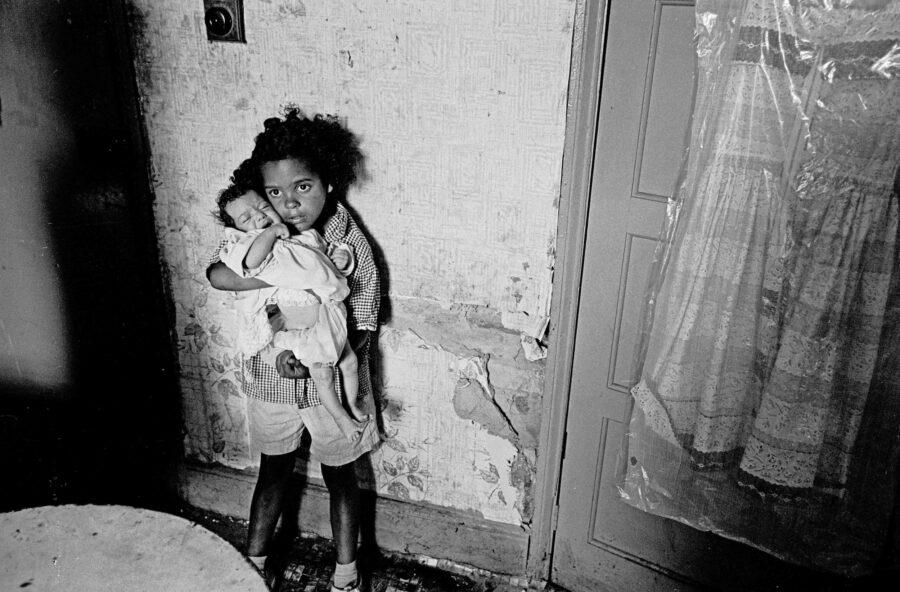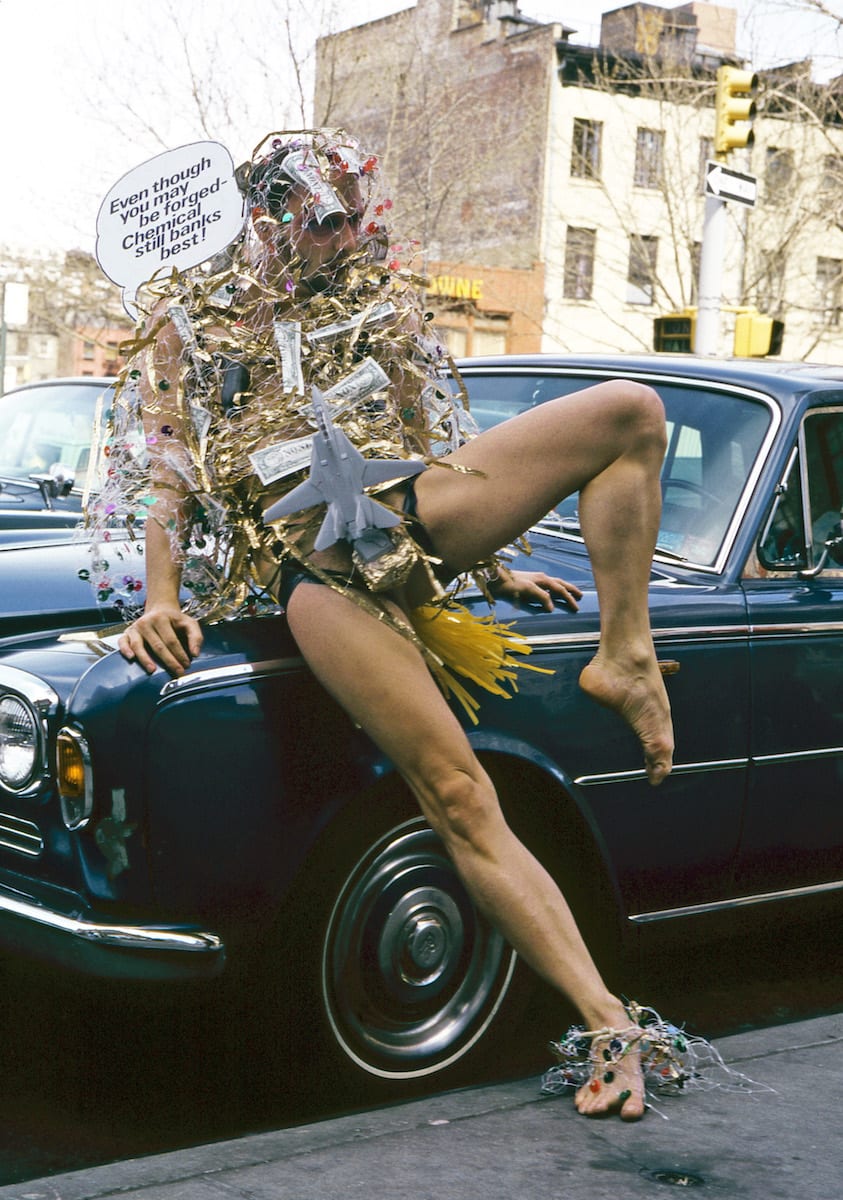With his chronicle of the communities struck by government incompetence, the photographer tells BJP that “it’s important to look at history”


With his chronicle of the communities struck by government incompetence, the photographer tells BJP that “it’s important to look at history”

Marilyn Stafford: A Life in Photography spans the pioneering fashion photographer’s career across several continents, whose work often surprised and challenged her own sensibilities

Following the publication of his new book with Bluecoat Press, the photographer looks back on the Omnibus project and its development into a publication


Day photographed the spectacular performances of Stephen Varble and, in doing so, helped visualise a community “stigmatised for their gender nonconformity and sexual practice”

In 1976, aged 18, photographer Greg Girard moved half-way around the world to a city he knew little about. A new photobook, Tokyo-Yokosuka: 1976–1983, traces his experience

When Derek Bishton, John Reardon, and Brian Homer set up a photography and design agency in the late 1970s in Handsworth, a multicultural, inner-city district of Birmingham, they were viewed with suspicion. “I lived in Handsworth and walked to work with my camera, and I felt people were looking at me as if to say ’Who is this white guy, is he working for the police?’” says Bishton. “As I started to take photographs I was aware of this problem.”
Their agency, Sidelines, had been set up to work with community groups on issues such as social justice housing, unemployment and immigration though, so the photographers were keen to win the locals’ trust. Discussing it in their office, a converted terraced house on a busy shopping street in Handsworth, Bishton happened to find a photograph in Camerawork Magazine, showing a Ukranian woman who had photographed herself in a portrait studio set up by American photographer David Attie. It was, he realised, the perfect solution – and one which their office was seemingly built for.

“My aim is not to make PHOTOGRAPHS, but rather CHARTS and MAPS that might at the same time constitute photographs,” writes photographer and prolific writer on his craft, Luigi Ghirri in his 1973 essay, Fotografie del periodo iniziale. Trained as a surveyor, the iconography of maps and atlases prevail Ghirri’s photography. “But what if you map his work?” asks curator James Lingwood. “He was, in a way, mapping the changing topography of modern life in Europe in the 1970s and also the change in the relationship between people and images.”

In the mid-1960s, a vast concrete housing estate began to rise out of a neglected marshland on the south bank of the River Thames. Headed by the Greater London Council (GLC), the scheme was seen as visionary; Thamesmead would provide a marina-esque lifestyle with plenty of greenery, and wide walkways that connected housing with schools and local amenities, all set within striking brutalist architecture. Thamesmead was to be the “town of tomorrow”.
Five years ago though, it was announced that the estate would be undergoing a huge redevelopment, and now a new book published by Here Press, titled The Town of Tomorrow: 50 years of Thamesmead, celebrates its part and present.

“Tish believed that photography was an important form of visual communication that could stimulate discussions about real life situations and captured accurate records of the world we live in. She was trying to force people to look at the truth and learn from it,” explains Ella Murtha, the daughter of the documentary photographer. In honour of her mother’s memory, Ella has put together a new photobook, Youth Unemployment, which gathers Tish Murtha’s work photographing poverty-ridden communities in Newcastle in the 70s and 80s. Raw, powerful and emotional, Murtha has captured youngsters trying to survive turbulent economic times, when they had limited prospects – something which has recently come full circle as a new generation has had to deal with the global financial crisis.